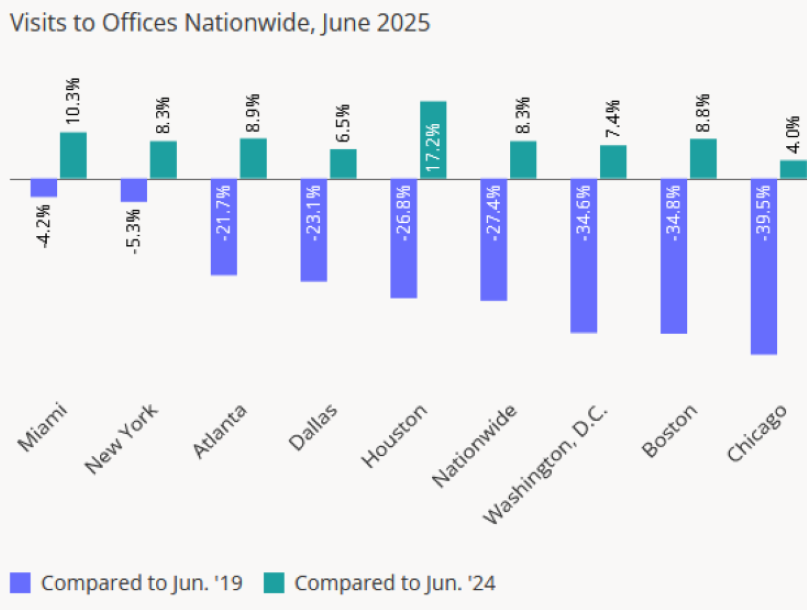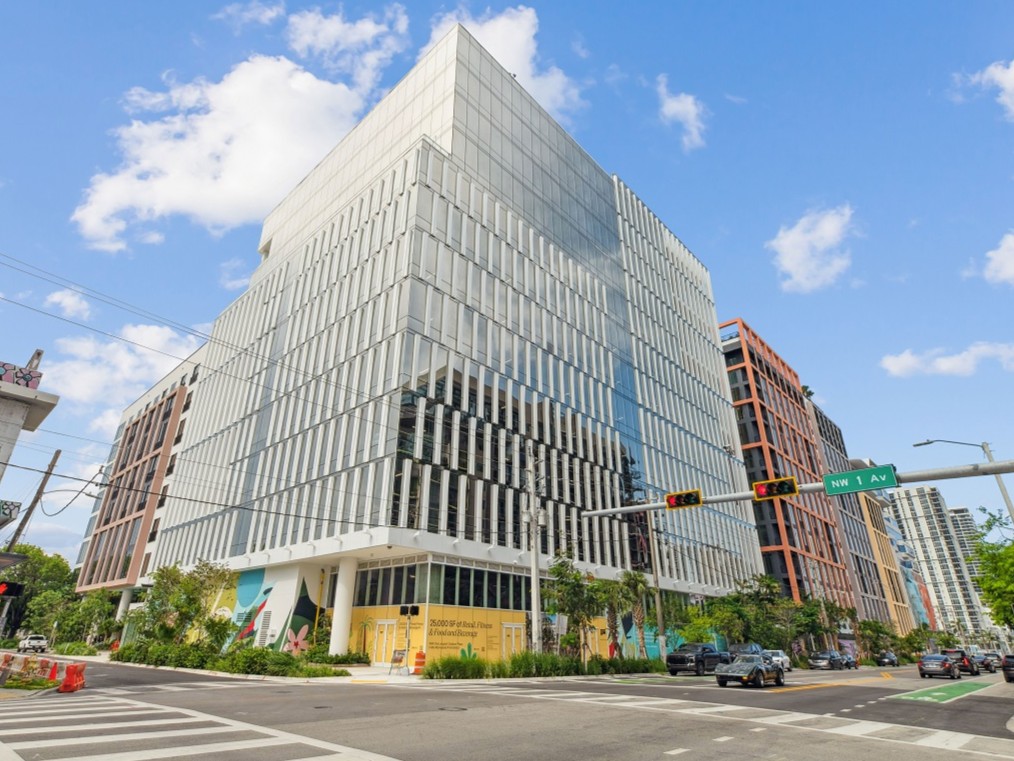September Issue: Finance & Investment—Life Lessons
Insurance companies boost CRE lending.
By Poonkulali Thangavelu, Contributing Writer

The Hard Rock Hotel at Universal Orlando Resort in Florida, one of three trophy properties for which MetLife originated $505 million in financing.
Slowly and steadily, life insurance companies are increasing their commercial real estate lending. Market participants expect the industry’s current expansion to run for at least two or three more years, signaling a further pickup in life company lending volume.
“It’s a robust environment,” said David Hendrickson, managing director with JLL’s Capital Markets Group. “Life insurance companies still have a need to place money in real estate and have still been very cautious in that. The underwriting is solid. And life companies certainly aren’t being too aggressive, where it creates some kind of worry in my mind that things are getting overheated.”
The Mortgage Bankers Association’s quarterly survey found that life companies’ loan volume rose 29 percent year over year during the first half. That increase kept pace with commercial banks, which likewise boosted originations 29 percent, and edged out a 22 percent uptick in CMBS volume. (Of note, Fannie Mae and Freddie Mac loans surged 177 percent.)
MetLife, for example, generated $6.7 billion in commercial real estate lending volume during the first half. That puts the financial services giant on track to exceed last year’s total volume of $12.1 billion, which was, in turn, an uptick from $11.5 billion in 2013. For its part, Lincoln Financial Group has grown its commercial real estate loan portfolio from $6.9 billion in 2011 to more than $8 billion as of the first half. That amounts to a 17 percent increase in the face of plentiful prepayments.
“Based on life company experience, the performance of commercial real estate has been really, really good,” said Donald Dibble, senior vice president for Lincoln Financial Group’s mortgage and real estate operations in Greensboro, N.C. “In the life company space, there has been a little bit of windfall, or a positive carry cost, from the standpoint of risk-based capital. Risk-based capital that’s being held by life companies went down substantially in the last year.”
Healthy Balance
Commercial property fundamentals still look favorable to life companies, offering a healthy supply/demand balance. While multi-family remains favored, Dibble is seeing “slight bubbles” in some higher-end apartment communities but not in the affordable housing sector.
Melissa Reagen, Morristown, N.J.-based director of research for MetLife Real Estate Investors, also sees relatively strong supply for the hotel and multifamily space compared to other asset categories. “By and large, supply has been pretty contained,” she said. “I would say that there is no one property type that is ahead of another in terms of what we favor.”
Hendrickson reports that retail properties are making a comeback with life companies after falling out of favor because of the recession and the growth of online sales. Life companies are always interested in grocery-anchored centers, though they are hard to come by, as well as in industrial properties. However, life companies tend to avoid tertiary markets, and relatively few will lend on hotel properties, because a strong operator is crucial.
Generally speaking, even the most selective life companies are willing to lend on blue-chip properties in attractive locations. In late July, MetLife announced that it had originated a $505 million loan on three trophy hotels at Universal Orlando Resort in Florida: Loews Portofino Bay Hotel at Universal Orlando, Hard Rock Hotel and Loews Royal Pacific Resort at Universal Orlando. The hotels encompass 2,400 guest rooms and more than 180,000 square feet of conference space.
“These are proven properties in a major market for MetLife,” explained Robert Merck, senior managing director & global head of real estate, in a statement issued at the time of the announcement. “The ownership group has proven hotel expertise, considerable financial strength and demonstrated commitment to capital reinvestment.”
Prudence & Custom Products
Life companies enjoy a well-earned reputation for prudence. They are portfolio lenders, and because they invest to meet their insurance liabilities, they favor low loan-to-value ratios and conservative underwriting. Lincoln Financial, for one, doesn’t go beyond a 75 percent loan-to-value ratio. Risk-based capital rules for life insurance companies also favor a minimum debt-service coverage ratio of 1.5 and high penalties for borrowers that fall short of the standard.
In a recent break from a recession-era practice, life companies are increasingly willing to make forward commitments to lock in interest rates. They are also more open to invest in preferred equity so that borrowers can get beyond low loan-to-value limits. Mezzanine loans are similarly designed. A product offered by Lincoln Financial provides as much as 90 percent of a project’s acquisition or development cost. Usually issued in conjunction with a construction loan, the mezzanine loan is secured by a sponsor’s ownership interest.
“Because life companies are portfolio lenders, there is more room for customization,” said Tom Kim, MBA’s senior vice president for commercial and multi-family. “Essentially, lending depending on a particular borrower as well as the particular asset can be considered.”
Although insurance company lending volume is on the rise, the prospect of interest rate hikes by the Federal Reserve raises questions about how long that upward trend will continue. Assuming that cap rates will rise along with interest rates, property values could weaken.
However, market participants estimate that interest rates would have to increase 100 basis points before affecting property values. And they don’t expect that to happen in the next year or two.







You must be logged in to post a comment.